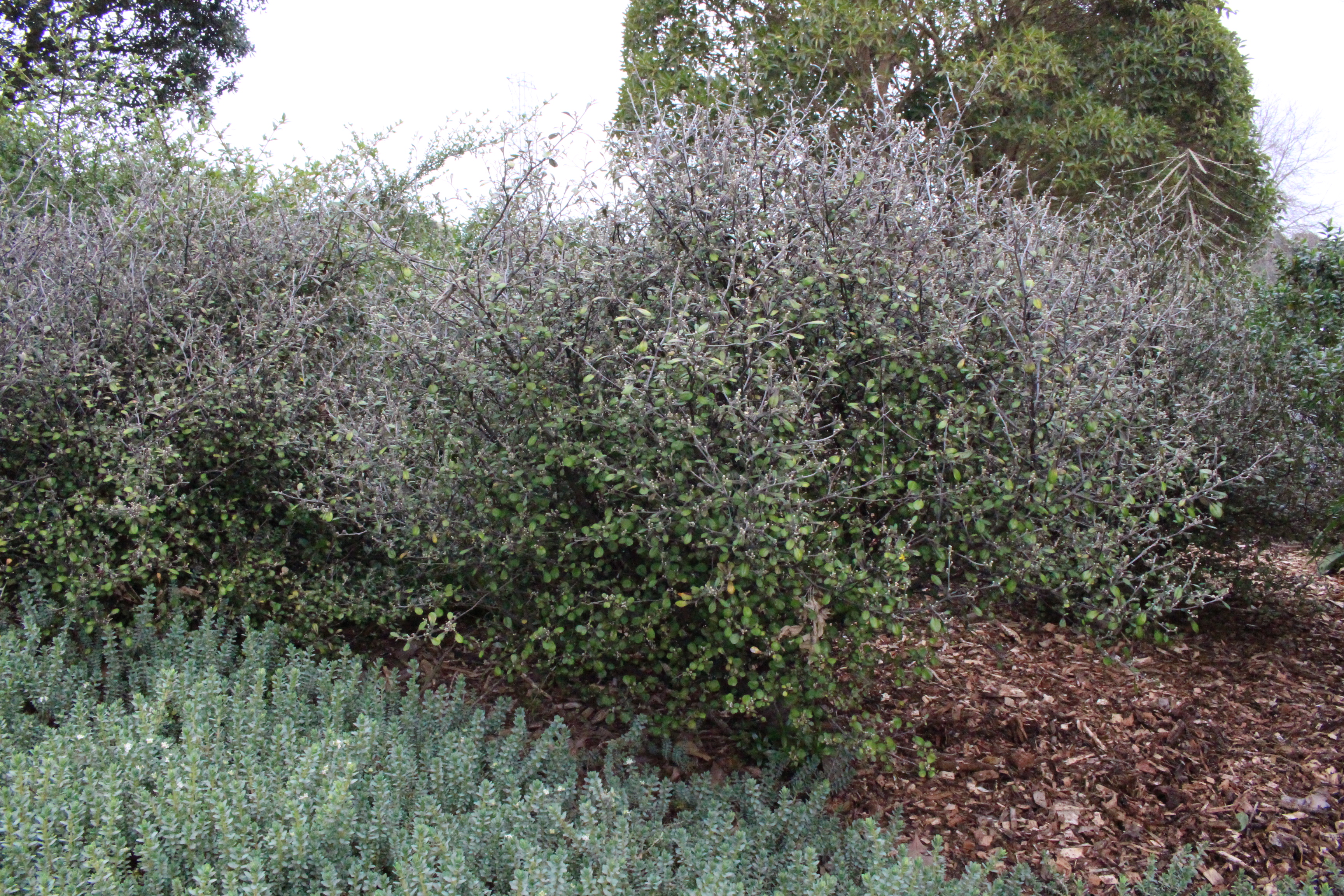Always choose healthy, well-grown plants. The best time to plant is from late spring to early summer. Planting success can be improved on clay soils by adding extra topsoil and forming raised beds. Incorporate coarse sand, bark, compost or other organic material to improve soil structure. Dig a hole in the ground twice the size of the root ball. Before planting, ensure that the root ball is saturated and remove planter pot with minimal root disturbance. As soil is placed in the prepared hole, tread firmly to bring soil in close contact with the root ball. Water thoroughly, making sure that moisture penetrates to the depth of the root ball.
For hedging, select small-grade plants as they generally establish quicker than larger ones. They can also be pruned to shape from an earlier stage. Planting a double staggered row of hedging plants to produce a denser screen. Another tip is to plant at an angle to induce more lateral growth, which will also have a similar effect.




.jpg?width=1200&height=1200&v=1d4024dceb89e50)

.jpg?width=1200&height=1200&v=1d5569224d63650)
 .jpg?width=1200&height=1200&v=1d4024df6ce2770)
.jpg?width=1200&height=1200&v=1d55676a892f2b0)
 .jpg?width=1200&height=1200&v=1d4024e3b65f7f0)